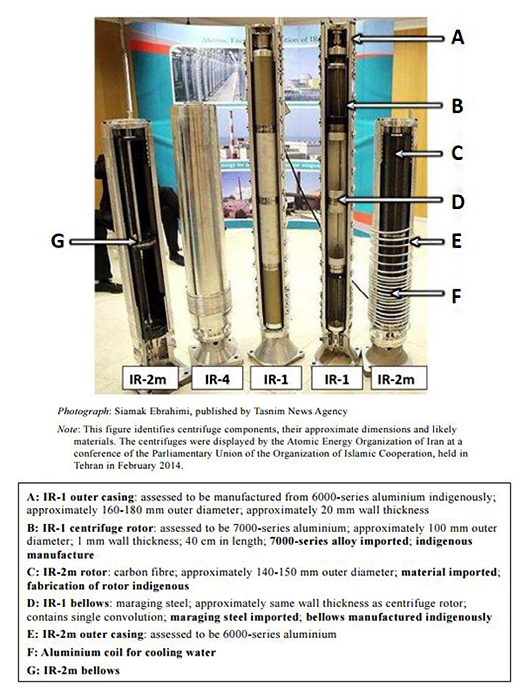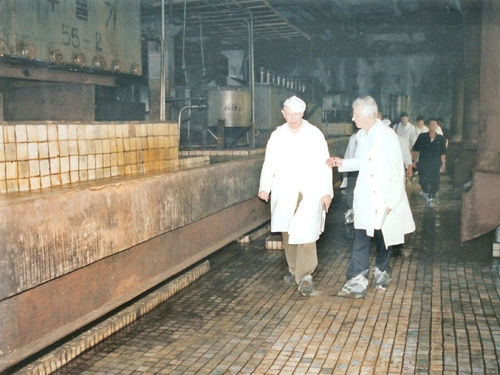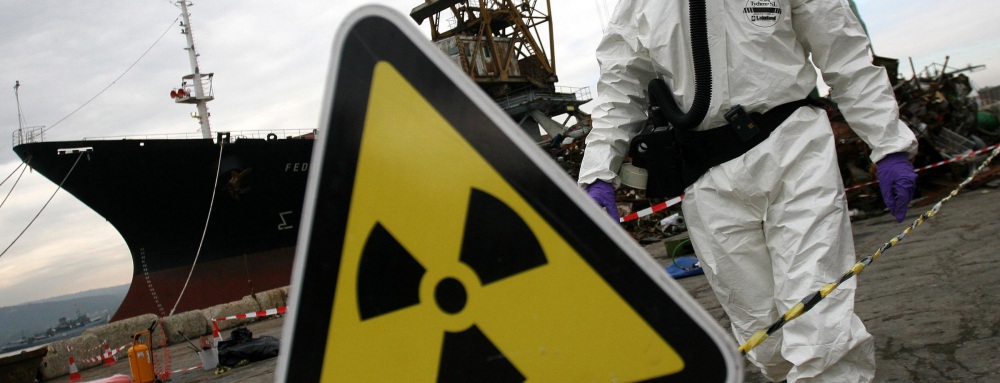
Leonard Spector
Deputy Director, The James Martin Center for Nonproliferation Studies
How will the next would-be nuclear weapon state try to achieve its nuclear ambitions? It will try to follow the examples of Iran and North Korea. To build their nuclear programs, these countries have depended heavily on high-tech goods smuggled out of more than a dozen advanced countries in North America, Europe, and East Asia. We need to get ready now to block the next assault on the international system of technology controls that help keep sensitive goods from getting into the wrong hands. A vital first step is to use UN Security Council Resolution 1540, which is currently being updated, to unambiguously condemn state-sponsored smuggling of nuclear goods and warn that future offenders risk suffering a harsh response.
Iran used devious procurement practices to build its uranium enrichment facility at Natanz. The plant leapt from having no operating centrifuges in 2002 when the initially secret facility was exposed, to having 10,000 operating units, with 9,000 more ready to be added by 2015, when Iran signed an agreement to restrict its nuclear activities.
Centrifuges are ten-foot high cylindrical machines used to enrich uranium from natural to potentially weapons-grade levels. UN reports make clear that these centrifuges incorporated materials, such as high-strength aluminum and carbon fiber, which Iran cannot manufacture domestically. Instead, Iran imported them through its procurement network in violation of a UN Security Council embargo and the export controls of multiple supplier states.

As for North Korea, its clandestine procurement practices have been repeatedly detailed by the UN Security Council Committee responsible for overseeing the implementation of sanctions against Pyongyang. Reinforcing this judgment, in 2010, Pyongyang allowed Siegfried Hecker, a prominent U.S. nuclear expert, to visit a uranium enrichment facility even more advanced than Iran’s, deploying centrifuges that were a generation more capable than those at Natanz. Commenting to The New York Times on the modernity of the facility, Hecker said he was “stunned” by North Korea’s advances. [1] Taken with the fact that outsiders have observed essential foreign-made vacuum equipment in the facility, the UN findings and Hecker’s comment leave little doubt that the plant relies heavily on goods acquired abroad through clandestine North Korean procurement efforts.
Siegfried Hecker (right) touring North Korea’s fuel fabrication plant at Yongbyon, 8/9/2007 (Lawrence Livermore National Laboratory)

Hoping to slow this illegal trade, in 2003 President George W. Bush announced the Proliferation Security Initiative (PSI), a voluntary arrangement in which more than 100 countries now participate, aimed at interdicting smuggled nuclear goods in transit. In addition, in 2004, as the result of U.S. leadership, the UN Security Council adopted Resolution 1540, requiring all states to adopt controls over weapons of mass destruction (WMD), missile delivery systems, and related dual-use items.
Still, these new measures were not enough, and Iran and North Korea’s nuclear (and related missile) programs grew apace. A key reason for this is that wholesale trafficking in dual-use nuclear goods has never been treated as a serious offense by the international community. Specifically:
However, Security Council Resolution 1540 can provide a foundation for redressing these lapses, stigmatizing state-sponsored nuclear trafficking for the pernicious conduct that it is, and setting the stage for a forceful response in future cases. The Resolution requires all states to adopt controls, including export controls, over WMD, missiles, and related dual-use goods. This means that state-sponsored trafficking in dual-use goods is a direct challenge to the Security Council’s authority. As a first step to responding to this toxic practice, the Security Council must acknowledge the threat from state-sponsored trafficking and unambiguously deplore such conduct. The preamble to the resolution, moreover, declares that trafficking in WMD goods “poses a threat to international peace and security.” This is the trigger for further Security Council action under the UN Charter, including imposition of UN sanctions. The Security Council needs to underscore this point as a crucial deterrent to future state-sponsored nuclear trafficking.
In parallel, measures need to be taken at the IAEA, within the Nuclear Suppliers Group, and through threats of joint sanctions by states that are victims of trafficking. Individual states must act, too, for example, by adopting legislation imposing sanctions on countries whose conduct shows them to be “state sponsors of nuclear smuggling.” To deter the next case of state-sponsored nuclear dual-use trafficking, we must act now to make absolutely clear that such conduct will be met with a powerful response and will not go unpunished.
Sources:
[1] David E. Sanger, “North Koreans Unveil New Plant for Nuclear Use,” The New York Times, November 20, 2010, www.nytimes.com.
Sign up for our newsletter to get the latest on nuclear and biological threats.
Nuclear and radiological security aims to ensure nuclear and other radioactive materials are secure from unauthorized access and theft, and that nuclear facilities are secure from sabotage.
The co-conveners and participants of the Euro-Atlantic Security Leadership Group call for the re-establishment of basic principles relating to security and nuclear order.
This paper highlights the need for renewed attention to the catastrophic effects of nuclear conflict as a crucial step toward reducing the risk of nuclear use.


